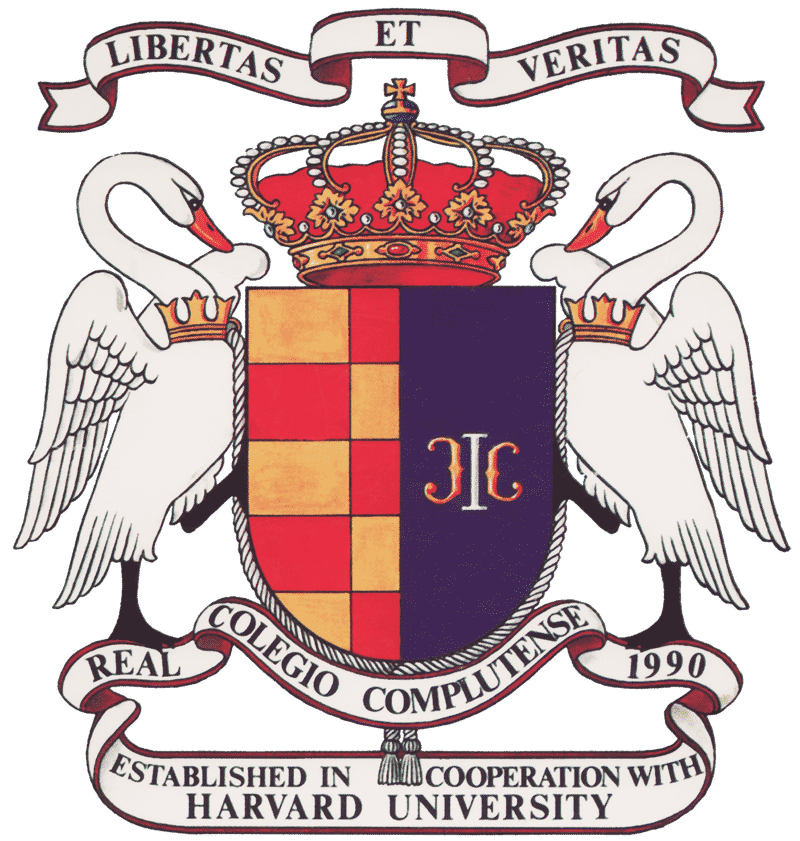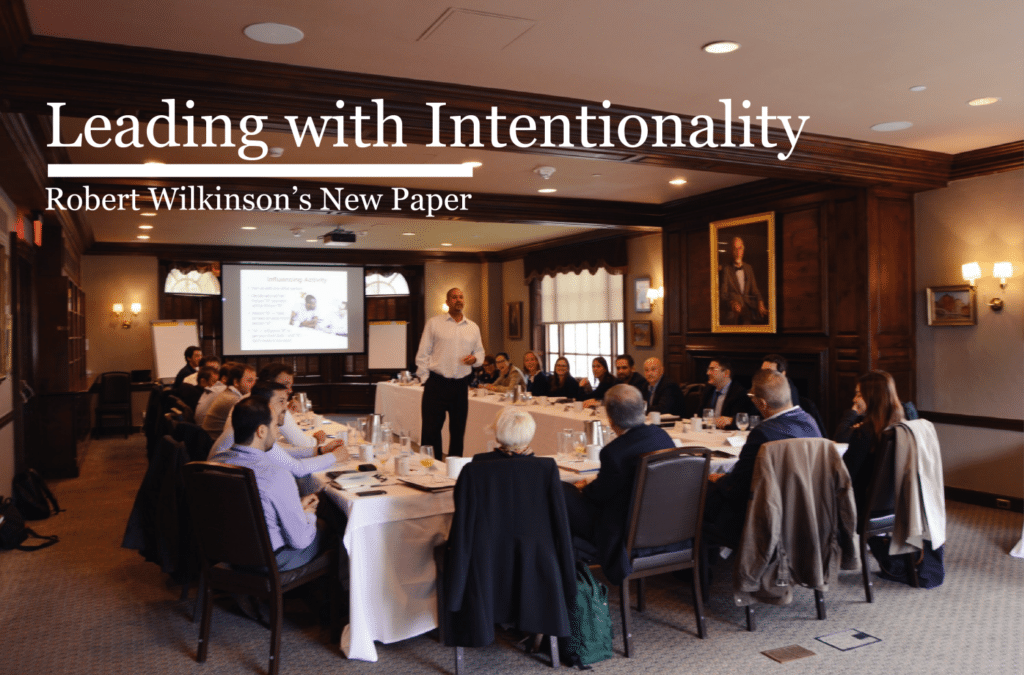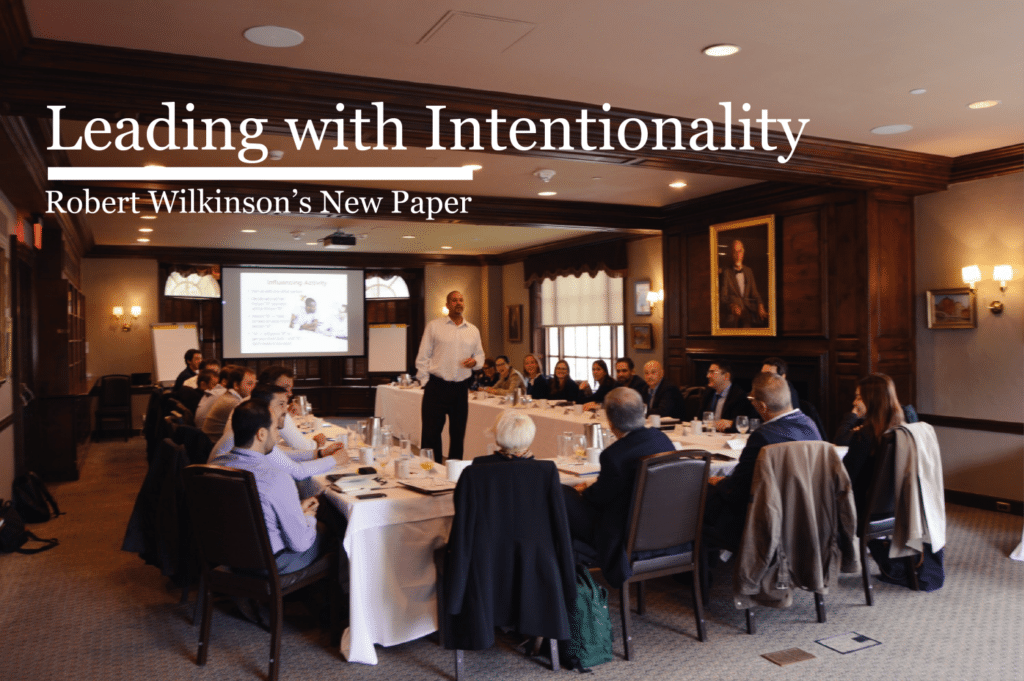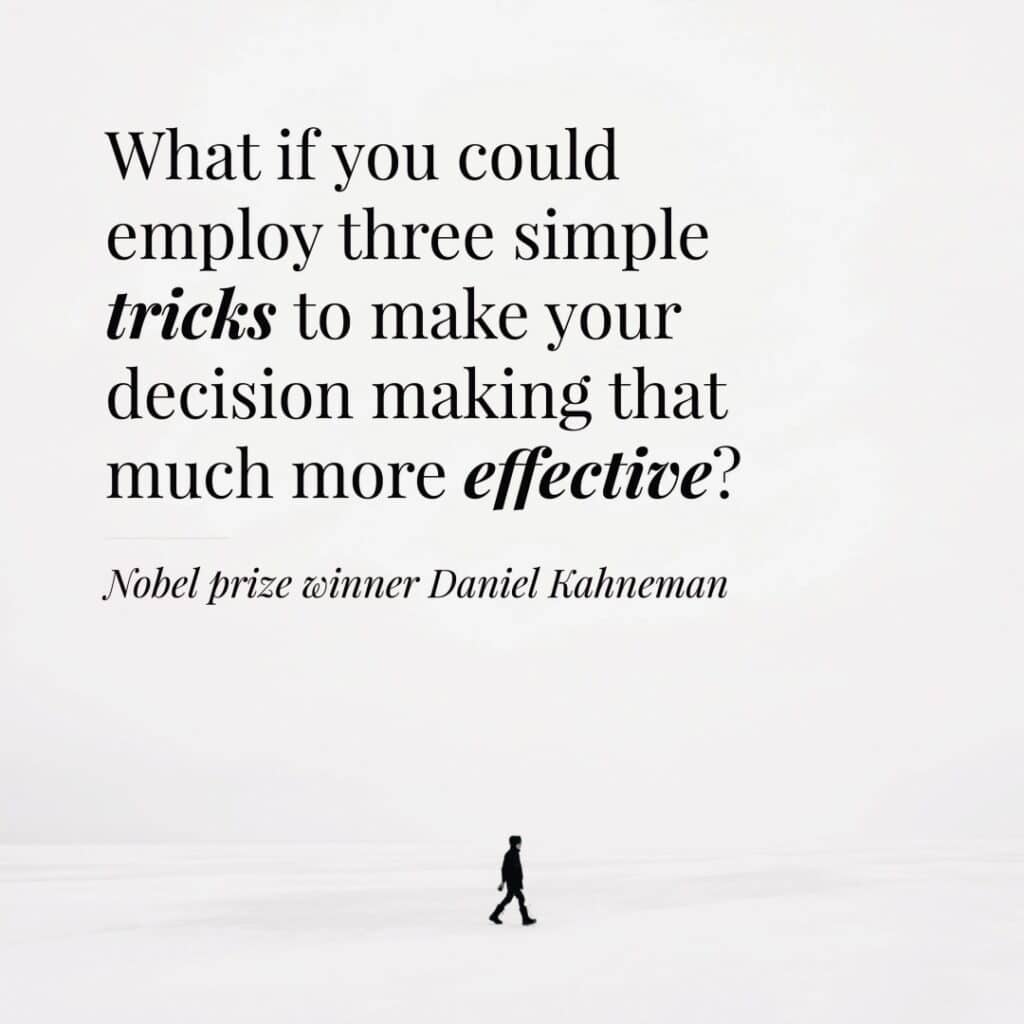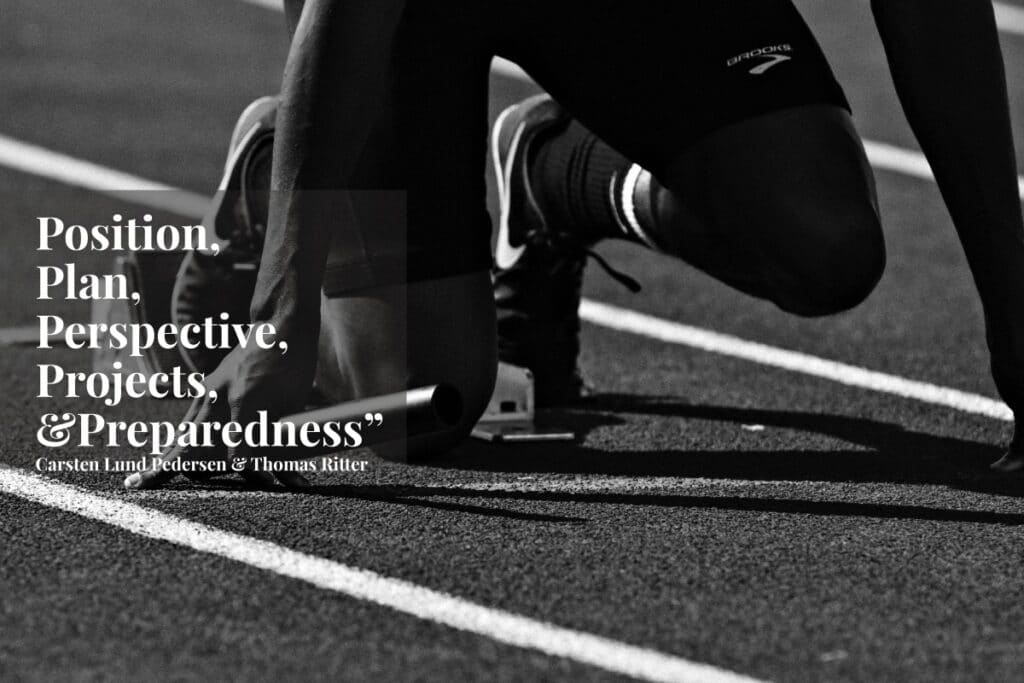
Kindness, another way to say Leadership

“Three things in human life are important. The first is to be kind. The second is to be kind. And the third is to be kind.”
Henry James
“People can actually build up their compassion ‘muscle’ and respond to others’ suffering with care and a desire to help,”
Ritchie Davidson, University of Wisconsin
Great leaders attest that it is not a sign of weakness or relinquishing authority to be consistently kind and to offer encouragement and show genuine interest in employees’ mental well-being in punishing times. New Zealand Prime Minister Jacinda Ardern, at once forceful and compassionate, remarked that one of the criticisms she’s faced over the years is that “I’m not aggressive enough or assertive enough, or maybe somehow, because I’m empathetic, it means I’m weak. I totally rebel against that. I refuse to believe that you cannot be both compassionate and strong”
What can CEOs and managers do to infuse their leadership with kindness and empathy?
Groysberg and Seligson share some effective ways to practice kindness as a matter of course:
“I hear you.” Really listen. Be fully present and don’t judge. Encourage employees’ questions and concerns.
“Are you okay?” Show a willingness to provide comfort and monitor for signs of distress such as social withdrawal and poor performance.
“What can we do to help?” Being kind might also involve taking an active role in offering mental health resources or creating a virtual support group or sounding board.
“How are you managing these days?”. For employees experiencing the pangs of social isolation, one company launched daily virtual coffee breaks. For those working while caring for children, leaders must be sensitive to issues of exhaustion and the difficulty of working during pre-pandemic office hours.
“I’m here for you.” Let your employees know routinely that you are there for them when they need to share concerns or simply require a sympathetic, nonjudgmental ear.
“I know you’re doing the best you can.” This statement is, with few exceptions, true. In scores of first-person accounts and on social media, people are reporting they are working harder than they did pre-COVID. This makes perfect sense; as layoffs and furloughs skyrocket, employees live in fear of losing their jobs.
“Thank you.” Say it with sincerity and say it often.
kindness is one of the most essential soft skills for good leadership. But in these times, it might be the most crucial one. To paraphrase Henry David Thoreau, kindness is an investment that never fails.

